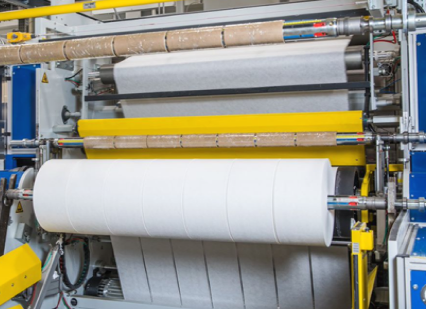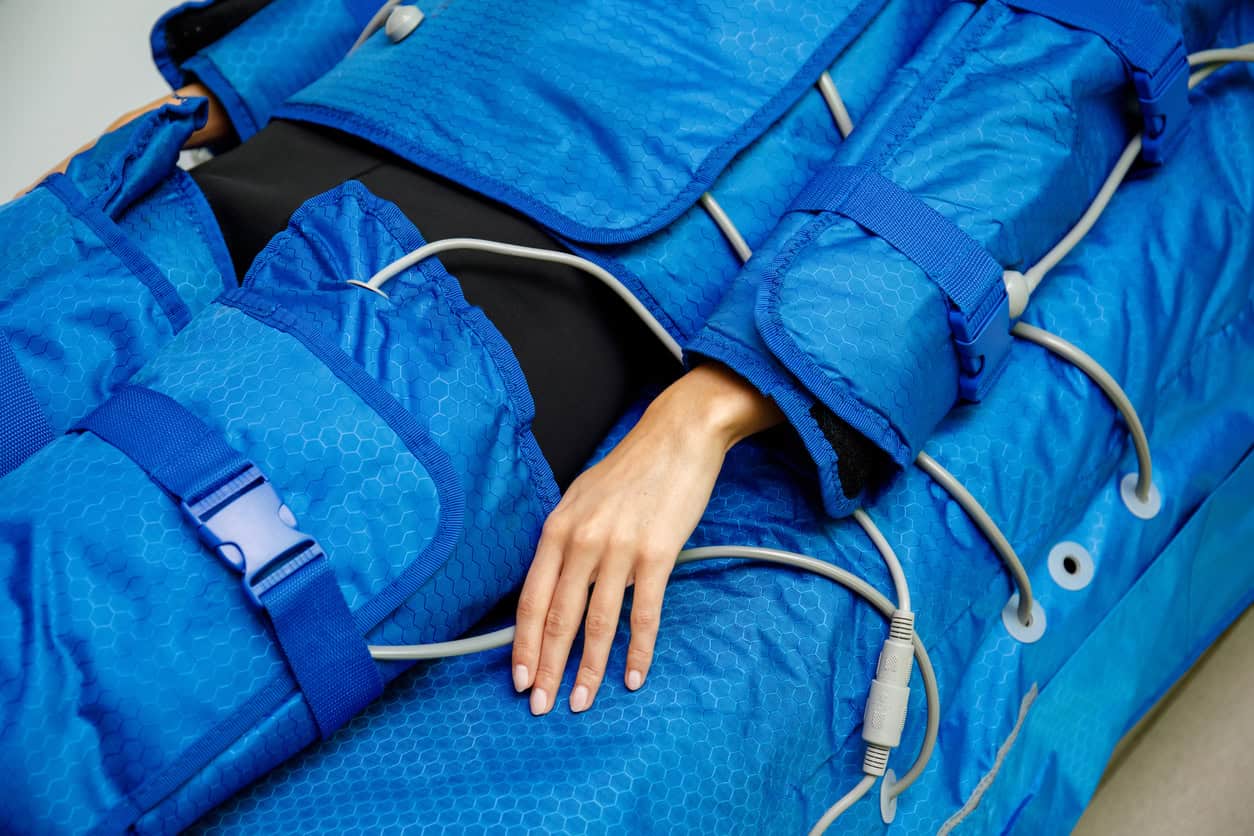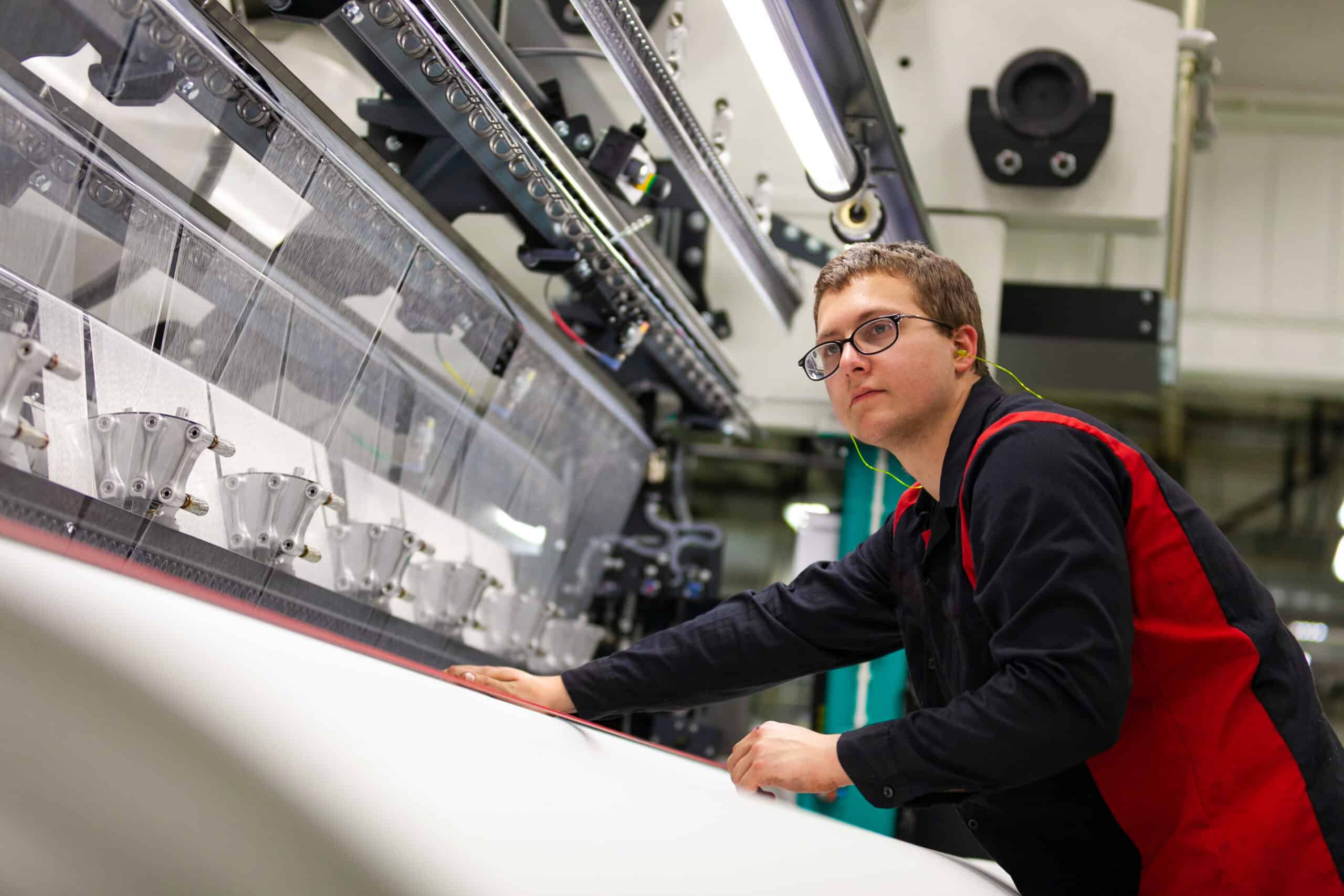Due to the COVID-19 pandemic, we are wearing masks at unprecedented rates. The most talked-about mask during the pandemic has been the N95 respirator, although not everyone knows exactly what that means. Those in the know understand that an N95 offers the highest level of everyday respiratory protection.
So how does an N95 work?
Officially, an N95 is called a filtering facepiece respirator (FFR), and it meets the National Institute for Occupational Health & Safety (NIOSH) N95 classification for air filtration: it removes particulates from the air breathed through it and filters out at least 95% of very small particles (> 0.3 microns) and larger droplets, including dusts, airborne particles, fumes, bacteria, and aerosolized virus particles. To function properly, multiple components must be designed and assembled to work together, and any single “weak link” may sabotage the performance of the entire device.
Let’s dive into exactly how an N95 respirator works, using the gold standard of N95 designs, the molded-cup style, to illustrate.
The multiple components that work with each other to reach the 95% respiratory protection level in a cup-style N95 respirator are:
- A molded shell or cup that defines the shape and creates the seal around the nose, cheeks, and chin.
- One or more layers of the filtering material, generally sandwiched between inner and outer protective layers in the structure.
- The outer layer, which protects the inner filter materials and provides the first line of defense against larger airborne particles.
- A foam strip to help the shell of the N95 conform to the sharper angles around the nose.
- The aluminum nose strip, which bends to hold the foam strip snugly around the nose.
- The head straps, which provide the right amount of pressure to keep the inner shell and nose foam sealed against the face. Legitimate NIOSH-approved N95 respirators never have ear loops, as they generally do not provide enough holding force to form an adequate seal for achieving 95% filtration.
- Some N95 masks also include a one-way valve in the center of the cup for easier exhalation. The valve is designed to allow air to pass out, but not in; air will still be drawn in through the filter material. This design protects the wearer, but will not protect others if the wearer is infected with a disease transmissible via exhaled particles.
The filter material of an N95, a key component, is a technical meltblown fabric mesh of extremely fine randomly arranged polypropylene fibers, treated to impart an electrostatic charge. Because the filter material must allow air to pass through, it is not a solid surface. It is also much more than just a mesh strainer that stops certain size particles and lets others go through. The electrostatic charge enables the capture of particles even smaller than the gaps between the fiber strands. A comfortable, breathable, effective respirator will have filter material with basis weight and fiber size and distribution designed so the resistance to airflow is low (good breathability) and the electrostatic charge is of sufficient strength to meet the minimum requirement for an N95: capturing more than 95% of airborne particles larger than 0.3 microns. That is tiny: the thickness of a human hair averages about 70 microns, bacteria are 1 to 10 microns in size, and viruses are a fraction of a micron. It is important to note that the electrostatic charge, while strong enough to get a particle to stick and not become airborne again, is not something so powerful that a person would ever notice it.

Like any filter, an N95 respirator won’t last forever. With use, it will become saturated with contaminants and may become more difficult to breathe through, especially if used in very dusty environments. Moisture accumulation from hours of breathing will eventually degrade the electrostatic charge, reducing the filtering efficiency. With repeated wearings, head straps may stretch, degrading the seal to the face and allowing contaminated air to leak around the mask perimeter. The general guideline is to dispose of an N95 after a full day’s use, or sooner if the N95 is contaminated in a very dusty environment.
No other widely available mask in the market, including cloth face masks, dust masks, general purpose flat masks, or even KN95s, is regulated and approved by NIOSH. Unlike these unregulated masks, when you buy an N95, you know NIOSH oversees the certification and ongoing performance of the device. Now that you know how an N95 works, you can compare its protection to other types of masks in the market here.
Check out our Protex™ N95 Particulate Respirator page here for more details on respiratory products




